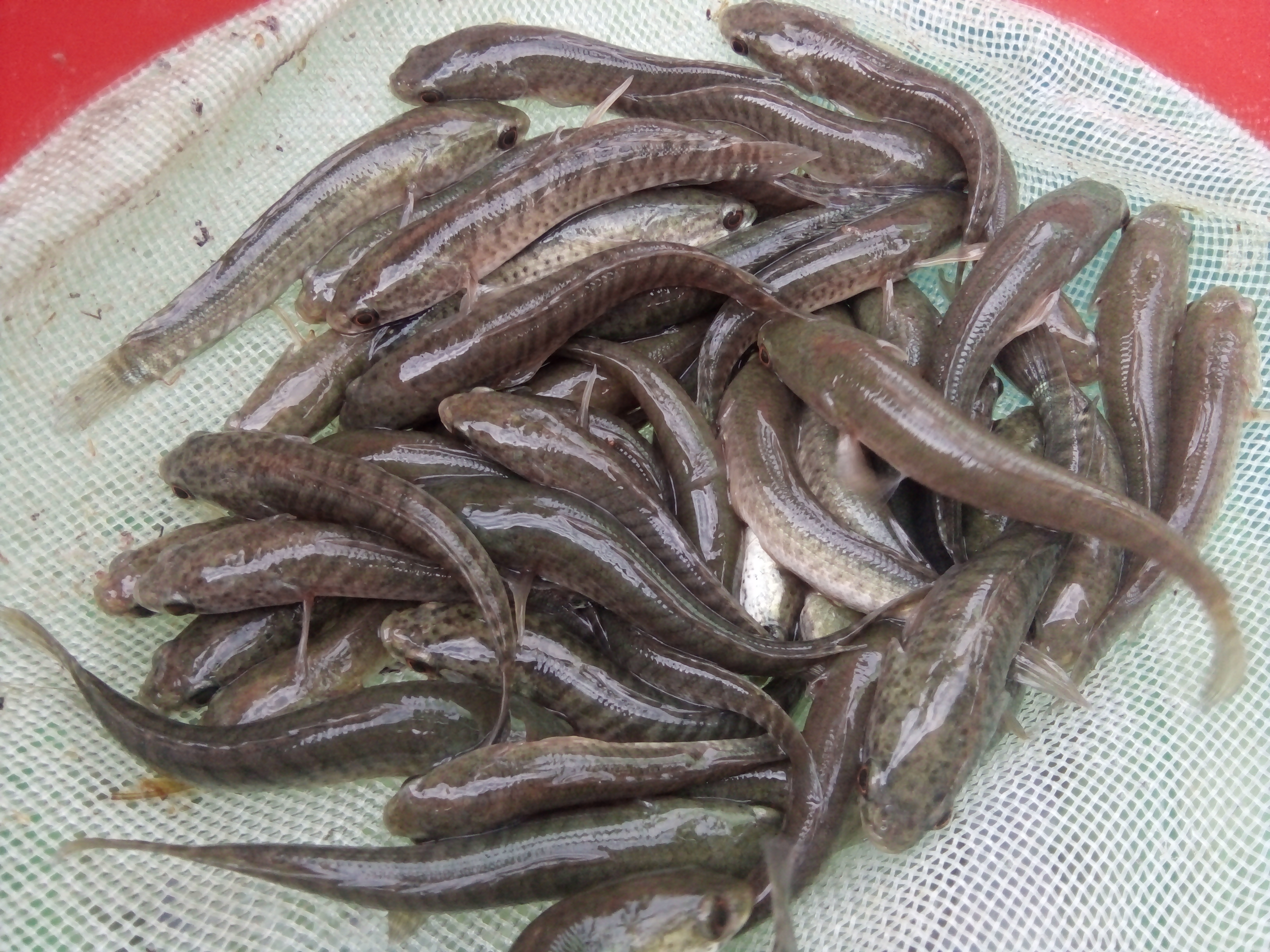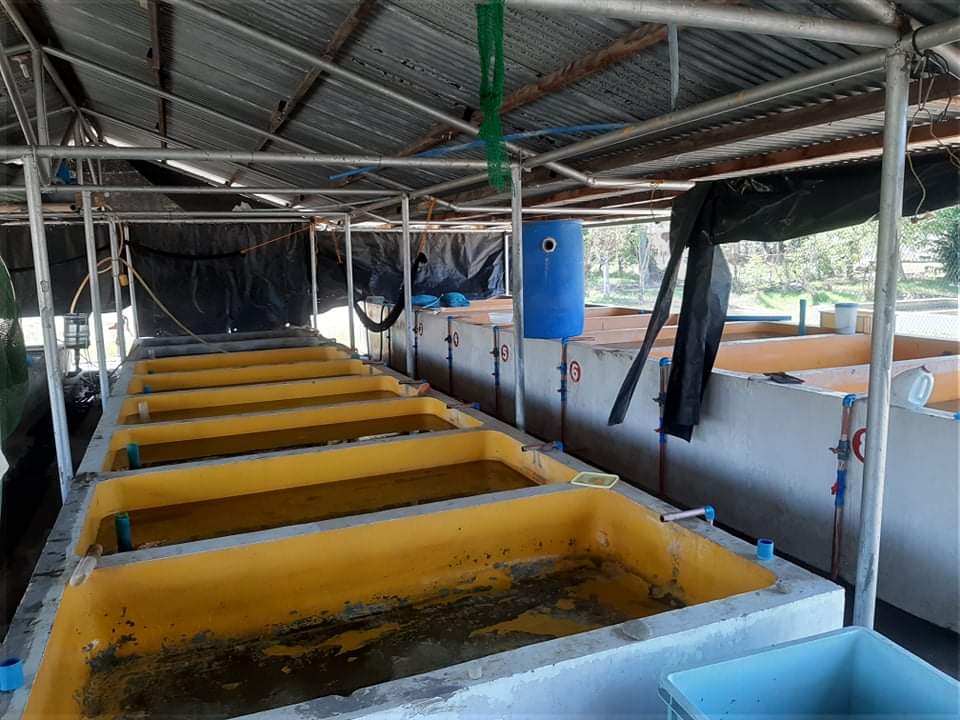Philippines' Department of Agriculture Biotech Program Supports Improved Mudfish and Catfish Production Technologies
| |
“Dalag” (mudfish) and “hito” (catfish) harvests will be given a boost with the improved induced spawning techniques and nursery rearing protocols currently being developed by the National Fisheries Research and Development Institute (NFRDI) in collaboration with the Bureau of Fisheries and Aquatic Resources (BFAR). These NFRDI and BFAR projects are supported by the Department of Agriculture (DA) through its Biotechnology Program.
Today, the fishery industry in the Philippines faces several challenges in an attempt to carry out successful aquaculture production involving mudfish and catfish. High fishing pressure in the wild, human-induced activities, and ineffective culture management and practices have caused a decline of fish catch in the country’s waters. The decreasing presence of fingerlings from the wild and lack of knowledge in the cultivation of certain fish species are also considered bottlenecks for local fish farmers in ensuring sustainable mudfish and catfish production.
To address these challenges, the DA Biotech Program has partnered with NFRDI to improve mudfish and catfish production using biotechnology approaches.
Mudfish Production
Mudfish (Channa striata) or locally known as “dalag” is considered economically important because of its palatable, highly nutritional, and high medicinal value characteristics. It is also tolerant to adverse environmental conditions and resilient to climate change. However, the aquaculture potential of this species in the country has not been fully explored because of the limited supply of C. striata fingerlings from the wild and knowledge on proper fish culture techniques and management.
The two-year project being led by NFRDI through Fisheries Biotechnology Center (FBC) started in October 2020. This primarily aims to optimize protocols and produce economical hormones for induced spawning as well as develop improved nursery rearing techniques for mudfish production.A total of 300,000 mudfish fingerlings to be produced from this project will be distributed to local fish farmers in Central Luzon and Tanay, Rizal through BFAR.
Catfish Production
Another NFRDI project targets a continuous supply of good quality catfish or “hito” fingerlings by improving induced spawning techniques and rearing protocols.
“Hito” is a favorite food among the Filipinos because of its tender and delicious meat. In the local fish sections, the imported African catfish (C. gariepinus) is more abundant. Most consumers would prefer it since they know that the country’s native catfish do not grow as large as the African species. However, the production of the African catfish is decreasing because of uncontrollable wild fishing and ineffective fish culture management and practices. Its market also remains undeveloped.

The one-year project will engage village-level hatcheries/nurseries in La Union and Pangasinan. This aims to produce a total of 1.2 million catfish fingerlings from six hatcheries and attain a 10 percent growth rate in catfish production and a 274 percent increase in profit.
The above-mentioned initiatives in the face of the pandemic are in support of the DA’s vision for a food-secure and resilient Philippines with farmers and fisherfolks reaping the results of “Masaganang Ani at Mataas na Kita”.
For those interested to know more about these projects, please coordinate with:
Induced breeding of mudfish project
DR. CASIANO H. CHORESCA JR.
Senior Science Research Specialist
NFRDI – Fisheries Biotechnology Center CLSU Compound, Science City of Muñoz, Nueva Ecija
(044) 456-0670
0999-4421-657
cchorescajr@gmail.com
Propagation of Catfish fingerlings project
MS. MARY JOY G. AGUSTIN
Project Leader/Aquaculturist I
Bureau of Fisheries and Aquatic Resources - National Integrated Fisheries Technology Development Center
San Fabian-Bonuan-Dagupan Diversion Road, Bonuan-Binloc, Dagupan, 2400 Pangasinan
(075) 523 5412
0917-818-2331
agustinmaryjoy08@yahoo.com / bfarniftdc@yahoo.com
| Newer Post | Archive | Older Post |
Science Speaks is ISAAA Inc.'s official blog. Weekly blog articles, authored by ISAAA writers, partners, and invited contributors, aim to help share, disseminate, and promote scientific knowledge and its vital role in achieving global agricultural sustainability and development. Your support to Science Speaks will help us achieve this goal. You can help us by donating as little as $10.

